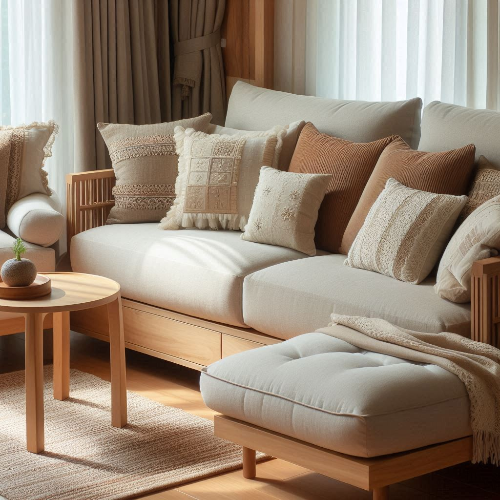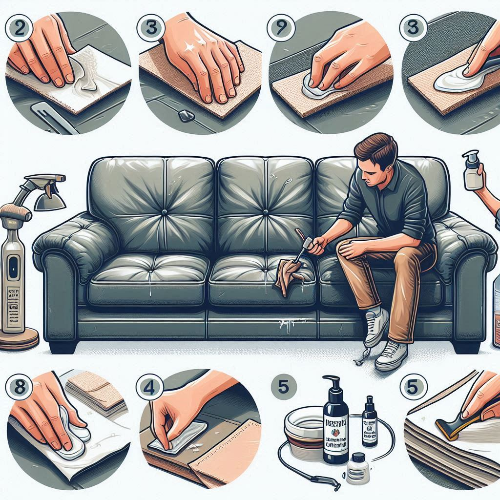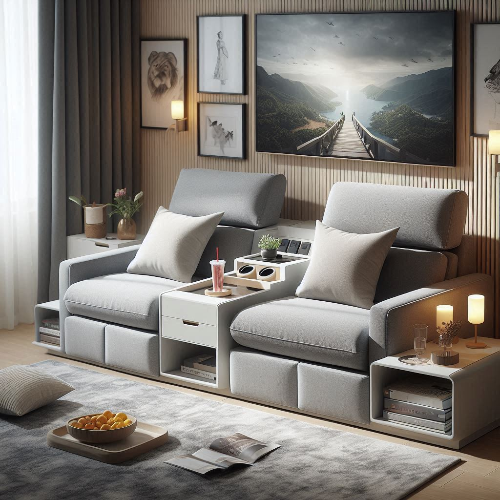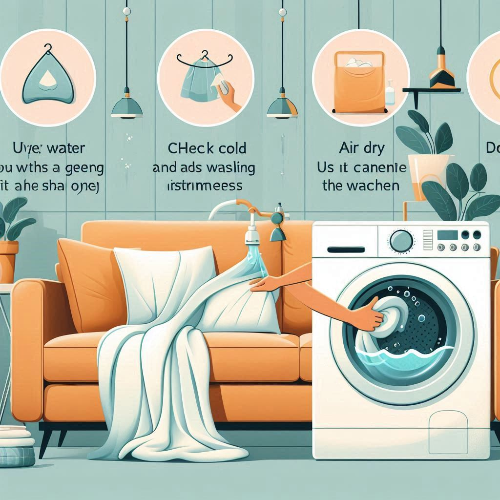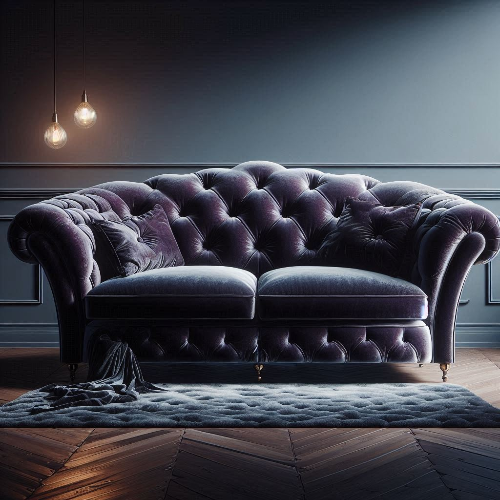Understanding the Difference Between a Sofa and a Couch
When it comes to furnishing your living space, the terms “sofa” and “couch” often arise in conversation. Many people use these terms interchangeably without realizing that there is a subtle distinction between the two. Understanding the difference between a sofa and a couch can not only elevate your knowledge of interior design but also assist you in making informed decisions when you’re shopping for a new piece of furniture. In this article, we will explore the definitions, origins, design features, functional differences, available styles, and tips on choosing between a sofa and a couch for your home.
What is the Difference Between a Sofa and a Couch?
Defining Sofa and Couch
The primary difference between a sofa and a couch lies in their intended purpose and design attributes. A sofa is generally defined as a more formal piece of furniture, often equipped with armrests and a back, designed primarily for sitting. Sofas typically have a more structured form and are often upholstered in finer fabrics, making them suitable for a variety of interior design styles. On the other hand, a couch is often seen as a more casual piece of furniture, primarily meant for lounging and relaxing. Couches may have softer lines, fewer design features, and are often associated with comfort over formality. In essence, while both are designed for sitting, a sofa leans more towards providing a polished aesthetic, whereas a couch is all about comfort and relaxation.
Origins of the Terms: Sofa vs. Couch
Common Misconceptions About Sofas and Couches
One of the most common misconceptions is that a couch and a sofa are entirely interchangeable terms. While it’s as simple as that in casual conversation for some, it’s crucial to recognize the nuances that separate them. Many people believe that all sofas are couches and vice versa, but this isn’t entirely accurate. For instance, a sectional sofa is a specific type of sofa that can accommodate more than one person, often embracing a corner of a room, whereas a traditional couch may lack that versatility. Additionally, some people think that couches do not come with backs or armrests, which is incorrect. It’s essential to understand these distinctions when you’re shopping for a sofa or couch to ensure you choose the right piece of furniture that fits your lifestyle and design needs.
How Do Couches and Sofas Differ in Terms of Design?
Design Features of a Sofa
Sofas are typically characterized by their more structured design. They often feature defined backs and armrests, making them ideal for formal settings. The upholstery on a sofa is usually made from higher-quality materials, and they may include additional design elements such as tufting or decorative pillows. Sofas can come in various styles, including traditional, contemporary, and even eclectic designs, providing ample options for different interior décor themes. The cushions on a sofa are generally firmer and designed for extended sitting, which enhances their formal appeal.
Design Features of a Couch
Couches, in contrast, are often designed with a focus on comfort and relaxation. They might have softer lines and less structured backs, making them more inviting for lounging. Couches may come with fewer design features and are often upholstered in softer fabrics, which contribute to a cozy atmosphere. Additionally, couches may include removable cushions that allow for easier maintenance and adaptability. Because couches prioritize comfort, they may feature plush cushions that encourage reclining, making them perfect for casual settings or movie nights.
The Role of Upholstery in Sofas and Couches
Upholstery plays a significant role in distinguishing between a sofa and a couch. Sofas are often upholstered in more luxurious materials, such as leather or high-quality fabric, enhancing their formal appearance. This choice of upholstery can affect the overall durability and maintenance of the piece as well. On the other hand, couches may utilize more casual materials like cotton or microfiber, which are generally easier to clean and maintain. Understanding the role of upholstery can help you determine which piece of furniture would best suit your home environment and lifestyle needs.
Are There Functional Differences Between a Sofa and a Couch?
Usage Scenarios for Sofas
Sofas are often utilized in formal settings such as living rooms, waiting areas, or offices, where the primary focus is on appearance and seating capacity. These pieces of furniture are ideal for hosting guests or family gatherings, providing a structured seating arrangement that encourages conversation. When you think about the difference between a sofa and a couch in terms of functionality, it becomes clear that sofas are typically meant for more organized settings, where their design can enhance the overall aesthetics of the space.
Usage Scenarios for Couches
Couches are frequently used in more relaxed environments, such as family rooms or home theaters, where comfort and leisure take precedence over formality. They are perfect for lounging, watching movies, or even napping. The softer cushions and casual design of a couch make it an excellent choice for a laid-back atmosphere, where people can gather without the constraints of a formal setting. This functional difference highlights why many homeowners may choose a couch for their more casual spaces while reserving a sofa for more formal areas.
Can a Couch be Used as a Sofa?
While a couch may not possess the formal attributes of a sofa, it can certainly serve as a sofa in many situations. If you’re looking to create a comfortable, inviting space, using a couch as a sofa can be a great option, especially in a family-oriented environment. Many homeowners find that a couch meets their needs perfectly, providing both comfort and style. Ultimately, the decision comes down to personal preference and how you envision using the piece of furniture within your space.
What Styles of Sofas and Couches Are Available Today?
Popular Sofa Styles
Today’s market offers a wide array of sofa styles to cater to various tastes and preferences. From the classic Chesterfield sofa with its tufted back and rolled arms to the sleek lines of modern sectional sofas, there is something for everyone. The loveseat, a smaller version of the sofa, is perfect for intimate settings or smaller spaces. Additionally, the rise of customizable options allows consumers to choose upholstery, colors, and configurations, making it easier to find a sofa that complements their unique style and space.
Popular Couch Styles
Couches also come in various styles, ranging from the traditional to the contemporary. The sectional couch, for instance, is a popular choice for larger spaces, allowing for versatile seating arrangements. Casual styles such as the bean bag couch or the daybed are also gaining popularity for their comfort and flexibility. Many modern couches now incorporate multi-functional features, such as built-in storage or convertible designs, appealing to those who value practicality alongside aesthetics.
Understanding Sectionals and Settees
Sectionals and settees represent unique categories within the sofa and couch spectrum. A sectional is a type of sofa designed to fit together in various configurations, providing ample seating and adaptability for different room layouts. On the other hand, a settee is a smaller, more decorative piece, often featuring a back and arms, but with a more relaxed and informal style compared to traditional sofas. Understanding these variations can help you make more informed choices when considering the perfect piece of furniture for your living space.
How to Choose Between a Sofa and a Couch for Your Home?
Factors to Consider: Space and Functionality
When deciding between a sofa and a couch, one of the most important factors to consider is the space you have available and how you plan to use it. If you have a larger living area meant for entertaining guests, a sofa may be the more suitable option. Conversely, if you are furnishing a cozy family room where relaxation is key, a couch may be more appropriate. Measuring your space and considering the furniture layout will greatly assist in ensuring you choose the right piece for your home.
Budget Considerations for Sofas and Couches
Your budget will also play a significant role in your decision-making process. Sofas often require a higher investment due to their quality and design features, but there are budget-friendly options available, particularly in the couch category. When you’re shopping for a sofa or couch, consider not only the upfront cost but also the long-term value, maintenance, and durability of the material. It’s important to find a balance that fits your budget while still providing the quality and style you desire.
Personal Style: Sofa or Couch?
Ultimately, your personal style should guide your choice between a sofa and a couch. Think about how you envision the space and what kind of atmosphere you want to create. If you prefer a formal, polished look, a sofa may be the right choice. However, if you’re leaning towards a relaxed and cozy vibe, a couch might resonate more with your aesthetic. Take into account your existing décor, color schemes, and lifestyle preferences to ensure you select a piece of furniture that enhances your home and reflects your individuality.
Frequently Asked Questions
Q: What is the difference between a couch and a sofa?
A: The difference between a couch and a sofa is primarily in their usage and design. A sofa is typically more formal, often with a structured and elegant design, while a couch is more casual and can be used interchangeably in informal settings.
Q: Is there a specific definition for a sectional compared to a sofa or couch?
A: Yes, a sectional is a type of sofa or couch that consists of multiple sections or pieces that can be arranged in various configurations. It is often designed for larger spaces and is meant for sitting comfortably with more seating capacity.
Q: Can the terms “couch” and “sofa” be used interchangeably?
A: Yes, in casual conversation, the terms “couch” and “sofa” are often used interchangeably. However, the word sofa is generally reserved for more formal pieces of furniture, while the word couch comes from the French term “coucher,” which means to lie down.
Q: What’s the difference when referring to a divan versus a couch or sofa?
A: A divan is a type of couch or sofa that typically has no back or arms and is designed for reclining. It is a more minimalist style, often used in informal settings, while a standard sofa has a more traditional structure.
Q: How do I choose between a couch or sofa for my formal living room?
A: When selecting between a couch or sofa for a formal living room, consider the overall design and atmosphere you want to create. A sofa usually provides a more sophisticated look, while a couch might lend a more relaxed vibe. Ultimately, it’s about what fits your style and needs.
Q: Are there specific features to look for in a standard sofa compared to a couch?
A: Yes, when looking for a standard sofa, you might want to consider features like fabric quality, frame construction, and cushion firmness. Sofas often have more elaborate designs and higher-quality materials compared to couches, which may prioritize comfort over formality.
Q: What’s the best way to shop online for a couch or sofa?
A: When shopping online for a couch or sofa, it’s helpful to read customer reviews, check return policies, and look for detailed product descriptions. Measure your space to ensure the dimensions fit, and consider color and fabric options that match your decor.
Q: What should I consider when buying an armchair to complement my couch or sofa?
A: When selecting an armchair to complement your couch or sofa, consider the style, color, and size. It’s essential to choose an armchair that matches the overall aesthetic of your living space and is comfortable for sitting while also fitting well in the available space.
